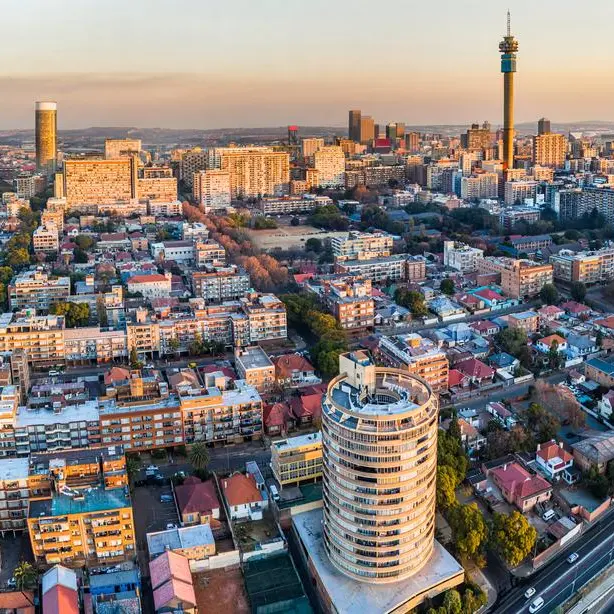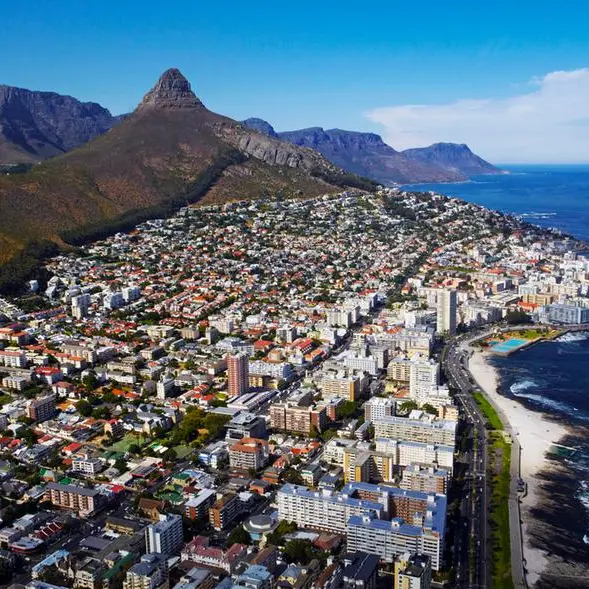PHOTO
The Roman author, Pliny the Elder, noted in antiquity: “There is always something new out of Africa”. And as we look forward, everything in and about Africa is fascinating. It is a continent renewing itself, developing, growing, and innovating – faster than any other.
Africa’s population currently stands at 1.4 billion people. At its current fertility rate, by 2050 its population is expected to nearly double, to 2.5 billion, and will make up one-quarter of the world’s population. By the end of the century, Africa will be home to 3.9 billion people, 40% of the world’s population; but more importantly, African children will account for about half of the world’s population under the age of 15. Moreover, by 2050, about one billion additional people will migrate from rural to urban areas as part of one of the largest urbanization processes in the world’s history.
There is an undeniable tendency to worry about Africa’s future. And those of a glass-half-empty persuasion will immediately point to existing gaps in proper education, jobs, and personal opportunities, leading to extreme poverty, hunger, and a gloomy future. These skeptics also ask how supply can ever meet the future needs of this tremendous growth.
The answer is surprisingly simple and easily overlooked. History tells us that areas, where most people are of working age, are the best places for investment. Investments are crucial to ensure that the pace of population growth does not undermine efforts to eradicate poverty.
Investments in food security, water, energy, health, housing, education, job creation, infrastructure, urbanization, and technology are critical to ensure that Africa reaps the same economic benefits of its demographic shift as other regions have in the past.
We are not so naïve as to ignore the immense magnitude of the challenge. The continent will probably miss the UN’s Sustainable Development Goal (SDG) poverty target, as about one-third of the population lives under the poverty line. As of 2015, Africa’s extreme poverty rate of about 35.5% was 6.8 times the average for the rest of the world.
So, what are the possible solutions to drive Africa forward to prosperity?
Basic life necessities must be made available, and governments need to prioritize their investments based on impact, which is now easier to measure. The focus must be on projects that have clear social and economic value and will drive economic growth, which, in the end, will move the needle in terms of prosperity and social stability.
At the same time, innovation must be at the core of every project being planned and executed. Harnessing innovation is crucial, as Africa lacks sufficient trained human resources. For example, due to population growth and urbanization, governments must invest in building additional schools, clinics and hospitals. To maximize the value of such projects, the construction of these facilities needs to be accompanied by training additional qualified teachers, nurses, and doctors. This takes significant time, money, and effort.
In the example above, innovation can assist in bridging the shortage in these scarce resources by deploying state-of-the-art technologies in telemedicine, e-learning, and information and management systems that can deliver quick and robust returns.
There’s cause for optimism, as Africa has demonstrated leapfrogging in the past in telecommunications technology, when the entire continent implemented cellular networks, skipping the costly fixed-line networks entirely.
Skipping a technological generation is possible in all of the critical sectors needed to support the growing needs. Using advanced technologies for smart irrigation, machinery, advanced fertilization, new food production, harvesting and storage methodologies can more than double food production while also protecting natural resources such as forests. Desalination, advanced leakage repair of water pipes and wastewater management can reduce water shortages and improve quality. Green energy can boost capacity and help save the planet. Learning quality can be boosted through technological tools for training teachers and improving the teaching methodologies for students in both rural and urban areas.
Finally, investments need to be made in high-paying jobs. Africa’s young people must be able to enjoy a brighter future. Academies and vocational training centers for the reskilling and upskilling need to be created, as the returns will be measurable.
I would like to share a personal point of view. I grew up in Israel. A country that was known for exporting agriculture products identified with the famous “Jaffa” and “Made in Israel” brands. Today, Israel is primarily known as the “Startup Nation”. Innovation quickly became an integral part of the culture.
The government provided special incentives to companies and students studying science, technology, engineering, and mathematics. The private sector made investments, and economic growth soon followed. Driven by innovation and technology, the country has been transformed, and thousands of companies develop technologies that shape the future in so many sectors, including many that are needed in Africa. In 2022, the GDP per capita in Israel has reached $55,000, something totally unimaginable just a few decades ago.
Africa is showing encouraging signs of embarking on its own path of innovation, ensuring that “something new” and exciting will continue to emerge from the continent with the world’s youngest population. We look forward to being a part of this incredible journey together with the people of Africa.
Copyright © 2022 AfricaBusiness.com - All materials can be used freely, indicating the origin AfricaBusiness.com Provided by SyndiGate Media Inc. (Syndigate.info).





















